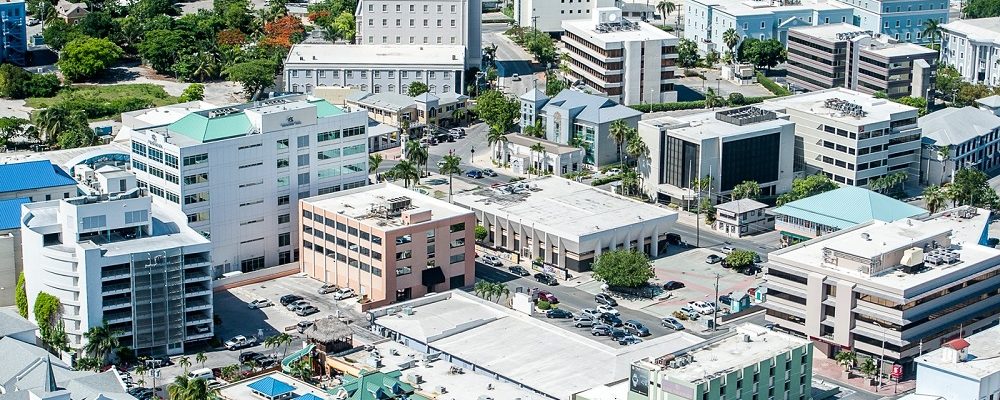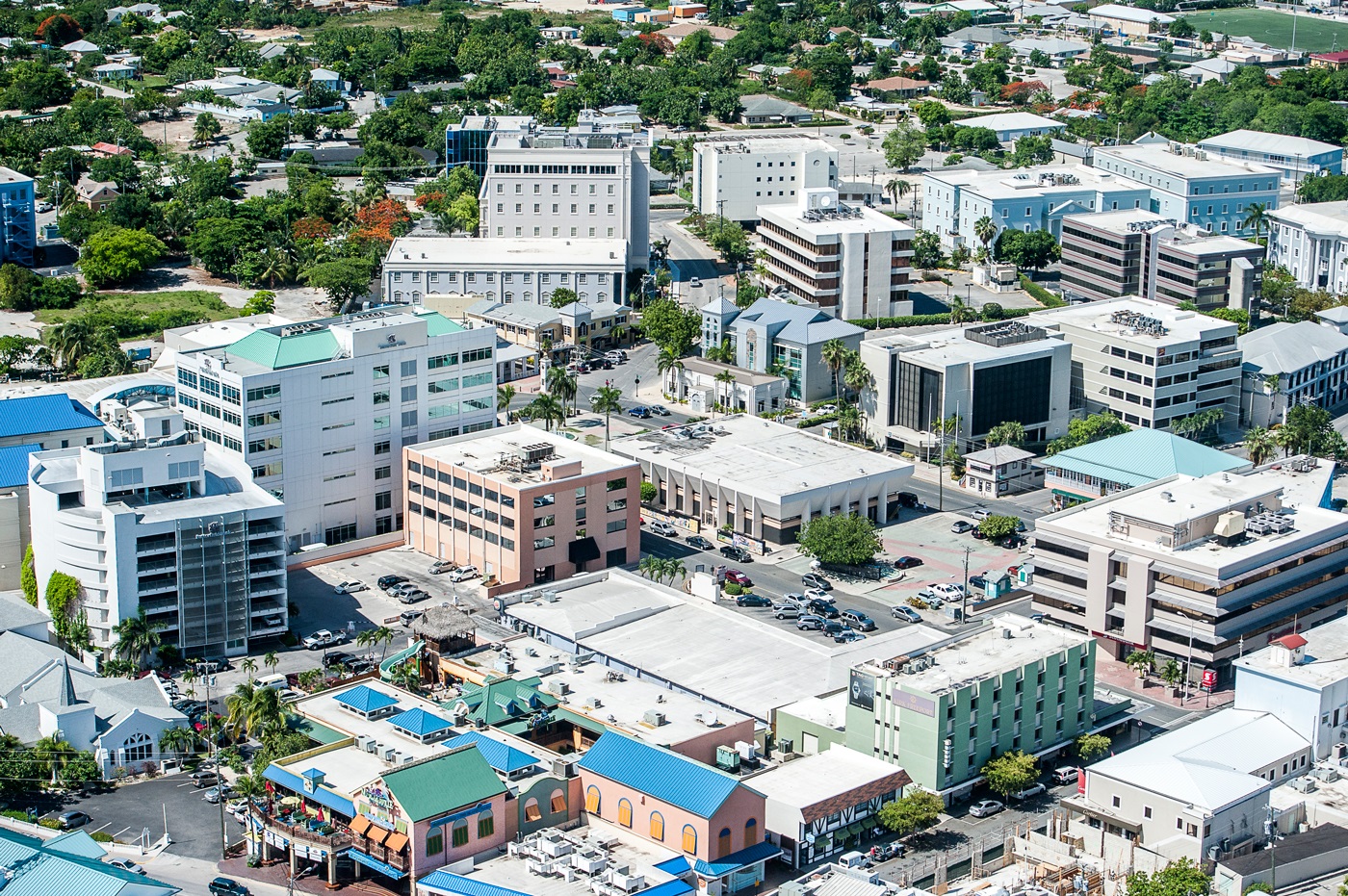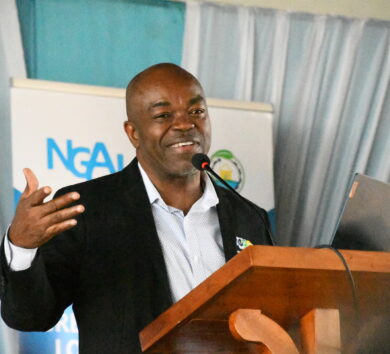

The Cayman Islands has announced plans to welcome visitors to its shores through a newly crafted multi-phased reopening plan.
This is being done in an attempt to restart tourist activities in the Caribbean territory. The country, which had closed its borders to international travellers at the height of the novel coronavirus pandemic last year, is now moving to welcome tourists back to its islands – Grand Cayman, Cayman Brac, and Little Cayman.
Tourism Minister Kenneth Bryan pointed out that “since March 2020, the Cayman Islands has been deliberate in all efforts to protect our people and visitors; from rapid and widespread testing, investing in the Caymanian workforce and implementing a phased strategy to safely reopen our shores to luxury-seeking visitors, the health and safety of our community was paramount in all decisions”.
Through the new five-phase approach developed by the Cayman government, health officials and the private sector, the country is seeking to continue in safeguarding its local population as it gradually and carefully reopens the border to “allow international visitors to enjoy the sun, sand, sea and safety of the island once again”.
Details of the five-phase approach
During the first phase or ‘reduced quarantine period’, which began last month, fully vaccinated travellers are subjected to a mandatory five-day quarantine while those unvaccinated will have to undergo a 14-day isolation period. In the second phase, or “reduced reparations restrictions”, set to take effect come August 9, additional travel restrictions will be eased, including the removal of GPS monitoring.

Travellers must, however, continue to apply for entry authorisation via the Travel Cayman Portal. By September 9, the third or “limited introduction of tourism” phase is to begin, allowing for a partial introduction of tourists with secure verification of vaccination status.
However, the return of cruise ships is not permitted during this phase, the success of which is also subject to an 80 per cent vaccination rate in the country. By the fourth phase, which is to take effect in October, quarantine restrictions are to be removed for all fully vaccinated travellers, while unvaccinated visitors will be required to apply for entry via Travel Cayman and quarantine upon arrival for a 14-day period.
During the fifth and final phase, to begin in October, the country said it will begin to allow travel for unvaccinated children (under 12 years) accompanied by vaccinated adults.
Following the successful implementation of all five phases, which is to be actively monitored by public health officials, the country said it could by January 2022 move towards “a grand reopening of the sector, welcoming all travellers without quarantine or travel restrictions at which time cruise tourism could also resume.







Comments